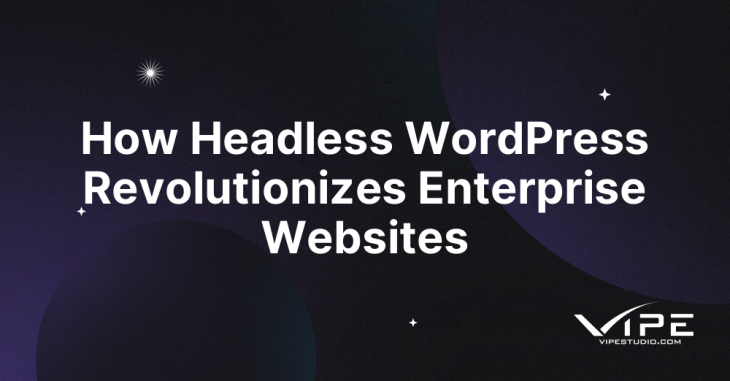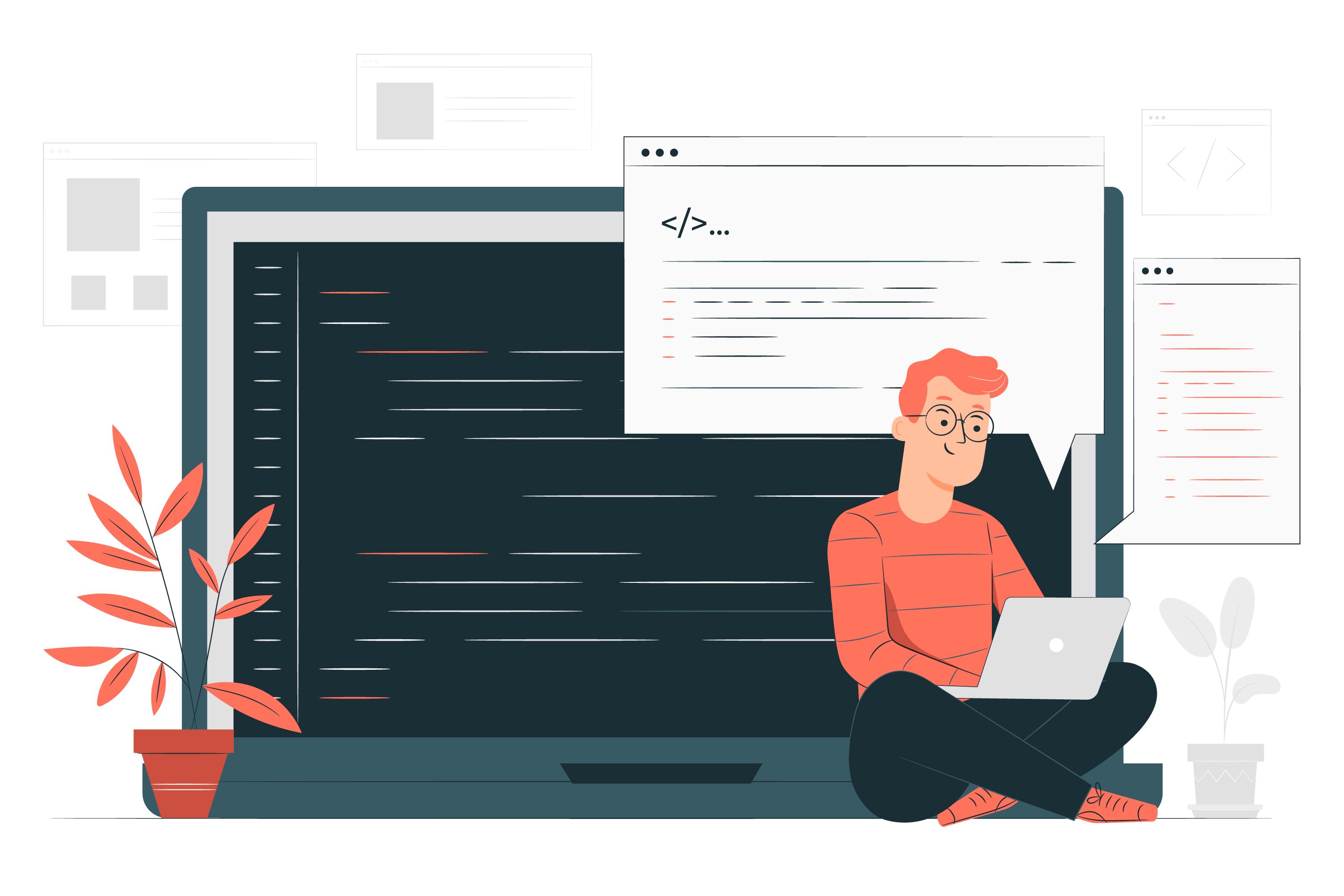How Headless WordPress Revolutionizes Enterprise Websites

READING TIME: MIN
What Is Headless WordPress?
Headless WordPress is a modern approach to website development that decouples the front-end from the back-end. In traditional WordPress setups, the front-end (the visual aspects of the website) and back-end (content management) are tightly integrated. However, with a headless CMS like WordPress, the back-end is responsible for managing content, while the front-end is built using separate technologies, such as React, Angular, or Vue.js.
This separation allows for more flexibility and customization in how content is delivered and displayed on the website, making it an ideal solution for enterprise-level businesses with complex needs and multiple platforms. Let’s dive deeper into the benefits of using Headless WordPress for enterprise websites.
Why Choose Headless WordPress for Your Enterprise Website?
As businesses grow and scale, their websites need to become more dynamic and adaptable to various devices, channels, and touchpoints. Headless WordPress provides the flexibility needed for large-scale projects, offering the following key benefits:

- Enhanced Performance: With Headless WordPress, the front-end is built using modern JavaScript frameworks, which can result in faster load times and better performance compared to traditional WordPress themes. This performance boost can positively impact user experience, engagement, and conversion rates.
- Omnichannel Delivery: Headless WordPress enables businesses to deliver content across multiple platforms, including websites, mobile apps, IoT devices, and more. With a single back-end, you can push content to any front-end interface, making it easier to manage your content ecosystem.
- Better User Experience: The separation between front-end and back-end allows developers to focus on delivering a more seamless and tailored user experience. By using modern frameworks and technologies, you can create highly interactive and responsive websites that meet the demands of today’s users.
- Flexibility in Design and Technology: Since the front-end is decoupled from WordPress, you can choose any technology stack that suits your business needs. This flexibility allows you to adopt the latest design trends, frameworks, and tools without being limited by WordPress’s default architecture.
- Scalability: For enterprises that experience heavy traffic or need to scale their website across multiple regions, Headless WordPress provides the infrastructure to handle large volumes of content and high traffic without compromising performance. It also allows for easy integration with third-party systems and APIs.
How Headless WordPress Improves Content Management
Managing content in a traditional WordPress setup can sometimes feel cumbersome, especially for large enterprises with a high volume of pages, posts, and media. Headless WordPress simplifies content management by separating the content repository from the presentation layer. Here’s how it can benefit your content management process:
- Centralized Content Hub: With Headless WordPress, all your content is stored in one place, regardless of the front-end interface used. This centralized hub allows you to manage content more efficiently and ensures consistency across all touchpoints.
- Content Distribution: Since content is delivered via APIs, you can easily distribute it to various platforms, including mobile apps, smart devices, and even third-party applications, without duplicating the effort of creating and managing content separately for each platform.
- Faster Updates and Iterations: Content updates can be pushed out faster across multiple platforms, as changes made in the back-end are automatically reflected in all connected front-end interfaces, ensuring that all users experience the latest content and features.
- Content Flexibility: The decoupling of front-end and back-end gives content editors more flexibility in how they present the content. For example, you can customize how content appears on different devices or channels without affecting the underlying content.
Challenges of Headless WordPress
While Headless WordPress offers many advantages, it also comes with some challenges that businesses should consider before making the transition:
- Technical Complexity: Headless WordPress requires a higher level of technical expertise, particularly in terms of development. Building a custom front-end with modern JavaScript frameworks requires skilled developers who understand how to work with APIs, JavaScript, and the decoupled architecture.
- Additional Development Time: While Headless WordPress allows for greater customization and flexibility, it can also require more time for initial setup and development. Enterprises need to weigh the benefits against the time and resources needed for implementation.
- Cost Considerations: Headless WordPress may require more infrastructure and resources to support multiple front-end interfaces and integrations with third-party tools. This can lead to higher development and maintenance costs, especially if you’re working with multiple teams or a complex tech stack.
How to Implement Headless WordPress in Your Enterprise Website
Implementing Headless WordPress in your enterprise website requires careful planning and execution. Here’s a step-by-step guide to help you get started:

- Assess Your Needs: Before diving into Headless WordPress, assess your current website’s requirements. Determine if your business would benefit from decoupling the front-end and back-end, and identify any specific challenges you need to address.
- Choose a Front-End Framework: Select a modern JavaScript framework (such as React, Angular, or Vue.js) to build your front-end. Ensure that your chosen framework integrates well with WordPress’s REST API for smooth data transfer.
- Set Up the Back-End: Configure your WordPress back-end to manage content and expose data through the REST API. This will allow the front-end framework to fetch the necessary content and display it dynamically.
- Design the Front-End: Develop a custom front-end interface that meets your enterprise’s design and functionality requirements. Ensure it is optimized for performance and user experience across all devices.
- Test and Launch: Once the development is complete, thoroughly test the website to ensure that all content is delivered correctly and that the front-end and back-end are working seamlessly together. Once testing is successful, launch your new Headless WordPress website.
Conclusion
Headless WordPress is transforming how enterprises manage and deliver content across multiple platforms and devices. By decoupling the front-end and back-end, businesses can create fast, flexible, and scalable websites that offer an exceptional user experience. While the implementation can be complex, the benefits of greater performance, scalability, and customization make it an excellent choice for modern enterprise websites.
If you’re ready to explore how Headless WordPress can elevate your enterprise website, Vipe Studio can help. Our team of experts specializes in Headless WordPress solutions, and we can guide you through the process from start to finish. Contact us today to get started!


